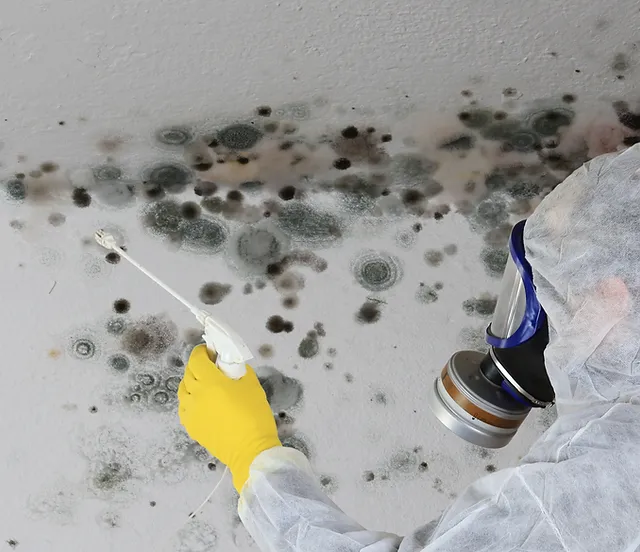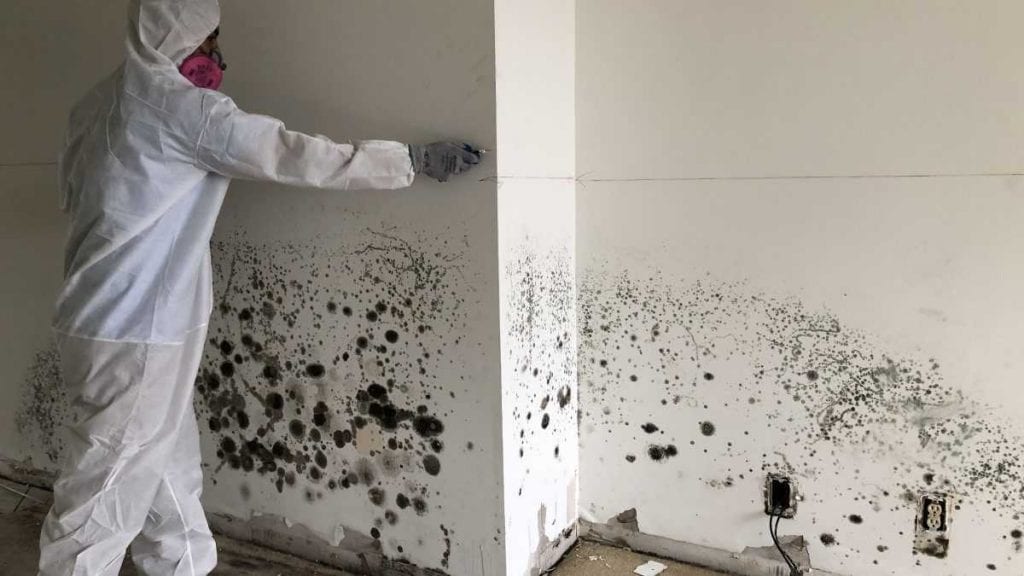Here are some common signs and indicators of mold in your home:
• Visible mold colonies –
Seeing mold colonies on surfaces like walls, ceilings, floors, countertops, cabinets, basement walls, bathroom tiles, etc. This is an obvious sign you have a mold problem. The mold may be colored black, green, white, brown or gray.

• Water damage or leaks –
First,any signs of past or current water damage, leaks from pipes, roof leaks, floods, etc. provide excess moisture that fuels mold growth. Look for stained, warped, swollen or discolored materials.
• Musty smells –
In addition,a musty, earthy or rotten smell in the home can indicate mold contamination, especially if combined with visual signs or water damage. Some molds produce musty fragrances as they grow.
• Health issues –
Next,if you or family members experience symptoms like sneezing, runny nose, wheezing, coughing or respiratory problems, especially after moving into a new home, it could be a sign of mold exposure or toxicity. See a doctor if concerned.
• Condensation and high humidity –
Then,excessive condensation forming on surfaces like walls, pipes, floors or mold/mildew growth in humid areas such as basements or bathrooms can lead to mold development, especially if not controlled. Monitor humidity levels, which should be 30-50% for optimal home conditions. Use a humidistat or humidity gauge if needed.
• Discovery of hidden mold –
Moreover,during renovations, repairs or demolition, you may discover that mold has been festering behind walls, under floorboards, within ductwork or in other hidden areas of the home. This long-festering mold can release toxins as areas are disturbed. Proper precautions should always be used when exposing concealed spaces.
• Mold testing –
Furthermore,if there are indications of severe or toxic mold contamination, or if health issues seem linked to mold exposure, it is best to hire a professional to conduct mold testing like air sampling, swab testing or bulk sampling to determine specific mold types present and appropriate removal/remediation methods.
• Investigate any suspected sources – Also,look for indications of leaks, flooding, sewage backups, or other events that could potentially lead to excess moisture problems fueling mold growth. Even if the source has since been repaired or remediated, contamination may still remain in hidden areas. Also,mold problems are often caused by excess water issues left unnoticed.
Finally,those are some of the most common signs and indicators to look for mold in your home. It is best to identify and remove the source or origin of excess moisture that allowed the mold to develop. This may require repairs, remediation or in severe cases professional mold removal services. Prevention through environmental control is key to stopping mold in its tracks and avoiding health issues in the future. Get help from a doctor or mold professional if health concerns are present or seem linked to mold exposure.

